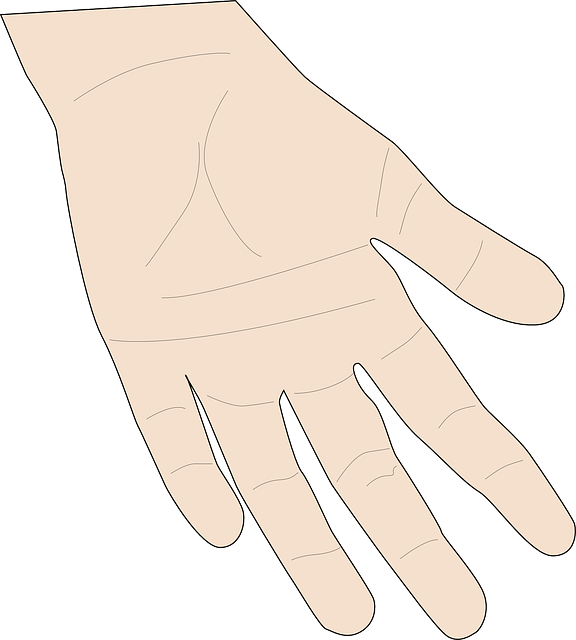Skin tags, caused by genetics, hormonal shifts, friction, and skin conditions, are common growths that can be cosmetically distressing. Preventative measures in Sheffield include adopting healthy lifestyle practices, regular grooming, and balanced diet to reduce recurrence. Effective Sheffield Tag Removal involves specialized techniques like freezing, cutting, or burning, performed by a qualified specialist after consultation. Proper aftercare instructions are vital to prevent infection and promote healing, minimizing reoccurrence risk.
Skin tags, those harmless yet annoying growths, can be a recurring nuisance. While they often disappear on their own, preventing their return is key to maintaining smooth, tag-free skin. This guide delves into the causes of skin tags and offers effective strategies for long-term prevention. For those seeking a more permanent solution, discover a comprehensive guide to Sheffield Tag Removal – a safe and effective method for eliminating these small irritants once and for all.
- Understanding Skin Tags and Their Causes
- Effective Strategies for Long-Term Prevention
- Sheffield Tag Removal: A Comprehensive Guide
Understanding Skin Tags and Their Causes
Skin tags, also known as acrochordons, are small, soft skin growths that typically appear in areas where skin rubs against itself, such as the neck, armpits, and groin. They are usually harmless and often go unnoticed, but some individuals may find them cosmetically bothersome or uncomfortable. Understanding their causes is a crucial step in preventing recurrence.
Various factors contribute to the development of skin tags, including genetics, hormonal changes, weight gain, friction, and certain skin conditions. In the case of Sheffield Tag Removal, it’s evident that individuals living in urban areas with high populations and consequent increased social interactions might be more exposed to environmental factors that can trigger their formation. Regular grooming practices and maintaining a healthy lifestyle can help mitigate these causes, thereby reducing the likelihood of skin tags returning.
Effective Strategies for Long-Term Prevention
To prevent skin tags from recurring after removal in Sheffield, adopt a multi-faceted approach combining good hygiene practices and lifestyle adjustments. Regularly cleaning the affected area with mild soap and water helps maintain skin health and prevents future infections. Additionally, avoid excessive scratching or irritation around the site of removal, as this can trigger tag regrowth.
Dressing modestly and wearing loose clothing reduces friction and pressure on the skin, minimizing the chances of new tags forming. Maintaining a healthy weight through balanced nutrition and regular exercise also plays a crucial role, as obesity is linked to an increased risk of skin tag development.
Sheffield Tag Removal: A Comprehensive Guide
In the quest to prevent skin tags from recurring, understanding Sheffield Tag Removal techniques is essential. This method involves a meticulous process where specialized tools or surgery is used to eliminate skin tags, ensuring they don’t return. It’s crucial to approach this procedure with care, as improper removal can lead to scarring or infection.
Sheffield Tag Removal requires professional expertise. The process typically starts with a consultation to assess the severity and location of the tags. Next, a qualified specialist employs techniques such as freezing (cryosurgery), cutting, or burning (electrocauterization) to remove the tags. Aftercare instructions are vital to prevent infection and promote healing, ensuring that skin tags don’t reoccur in the same area.
Preventing skin tags from recurring involves a combination of understanding their causes and adopting effective strategies. Regular exfoliation, maintaining good hygiene, and avoiding friction or irritation can significantly reduce the likelihood of new tags forming. For stubborn cases or those seeking professional help, Sheffield tag removal techniques offer comprehensive solutions. By following these guidelines, you can effectively manage and minimize the recurrence of skin tags, ensuring smooth, tag-free skin in the long term.
